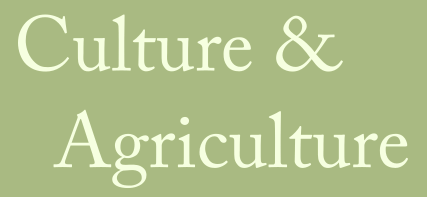HIGHER AGRICULTURE
Our weekly gleanings present the latest happenings, research and writing along the tangled banks of culture and agriculture. This week: ant farmers, re-peasantization and cannibalism
This week’s gleaning is not inspired by certain recreational practices associated with today’s date (but check out a short ethnographic film from Sapiens on marijuana tourism in Morocco). Instead it reflects on the first development of “higher forms” (read: complex, large scale) of agricultural production, not by humans in Neolithic Mesopotamia, but by leaf-cutter ants moving into dryland environments 30 million years ago. A study in last week’s Proceedings of the Royal Society reports that the “world’s first sustainable, industrial-scale agriculture began when crops became dependent on their ant farmers”. The way we talk about fungus farming by ants is often colored by the way we think about human farming. Why would we call ant farming industrial? The authors distinguish the agricultural behavior of these ants from the “lower, primitive forms of ant agriculture”, where fungus species are not fully domesticated.
Conventional distinctions between peasant and industrial forms of human agriculture often feature similar descriptors. Rita Calvario has a new article out in the Journal of Peasant Studies following re-peasantization movements in the Basque territory that subvert modernization narratives of agricultural progress. Why do we see high and low agriculture as more-than-human universals? How could more-than-human perspectives of ant agriculture in turn subvert contemporary concepts of food sovereignty?
Farmer Fair Practice implementation delayed 180 days
A new USDA agricultural census season
Grape genetic resources in the Holy Land
Greek legislation allowing farmers to purchase state-owned land
